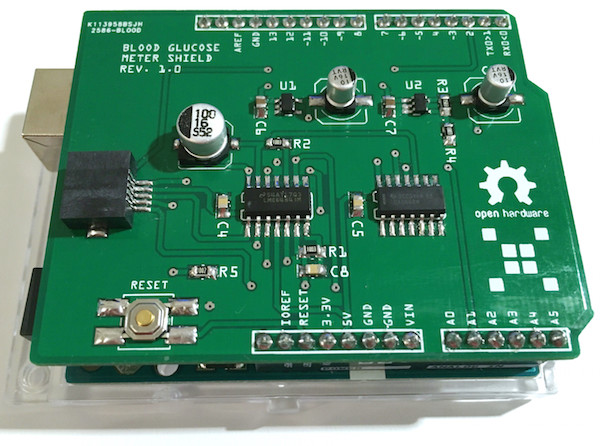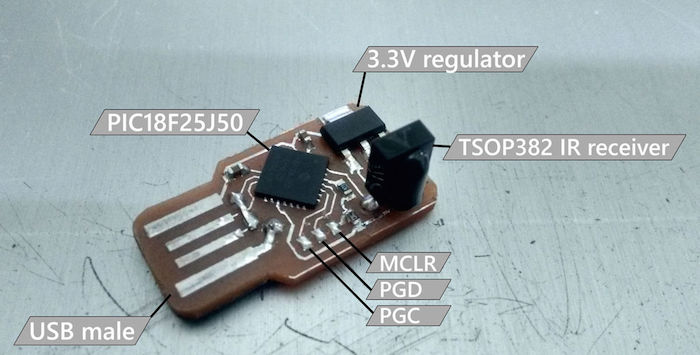Easy Pulse mikro is now available on Tindie

Easy Pulse mikro, a DIY pulse sensor with a mikroBus form factor, is now available at our Tindie Store. a new addition to our Easy Pulse Sensor series. Its mikroBus form factor enables easy integration with Microchip’s MPLAB Xpress board as well as with mikroElektronika‘s numerous development boards. Similar to our original Easy Pulse V1.1 and Easy Pulse Plugin, it also operates on the principle of transmittance photoplethysmography applied to fingertip using infrared sensors.
Easy Pulse mikro provides all necessary instrumentation and amplification on board to detect the cardiovascular pulse signal from the fingertip. The output is a nice and clean analog PPG waveform routed to the AN pin of the mikroBus connector. Now you can buy this sensor from our Tindie Store in United States as well as from Elecrow Store in China.








